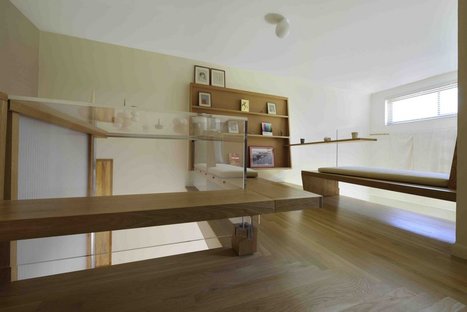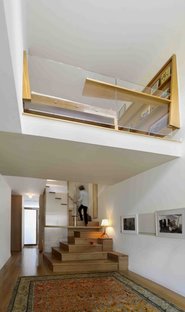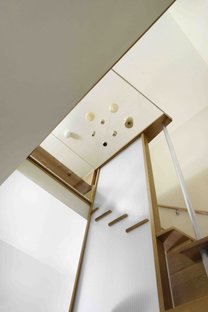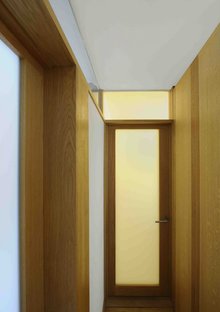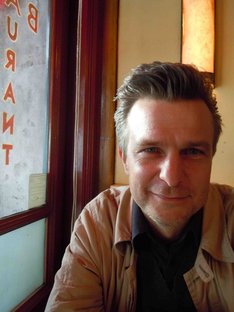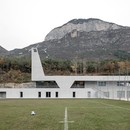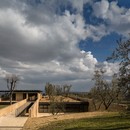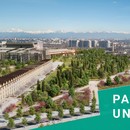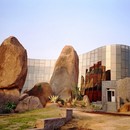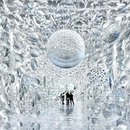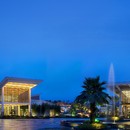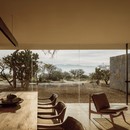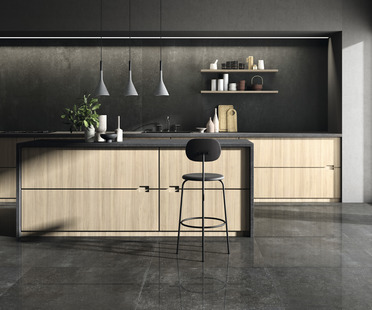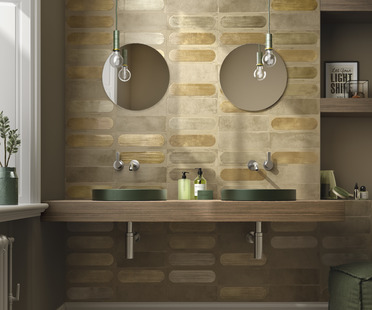07-03-2014
Robert Kirkbride – Associate Professor of Product Design, Constructed Environments.
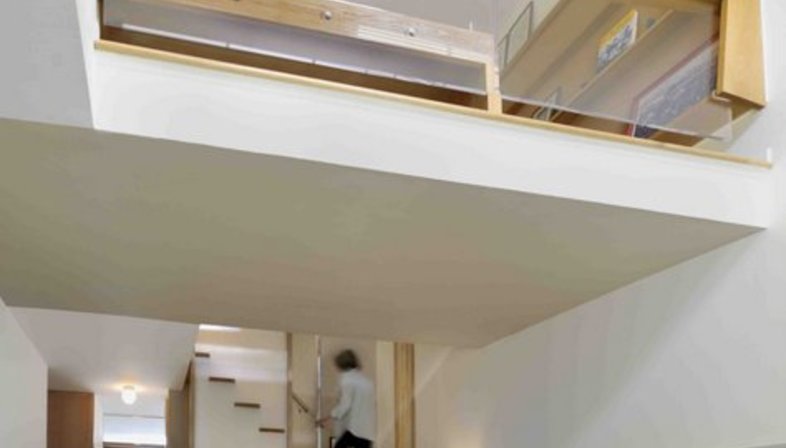
How important is visual marketing or visual design in your creative approach?
It depends on how one defines visual marketing or visual design. Yes, I produce drawings, images, models and prototypes that are integral to the process of ideating, iterating and realizing a given design. If visual marketing is understood as a practice of contextualizing an idea and stimulating the chain of actors and actions necessary to produce an outcome – a product – then, yes, it is important. But all design draws on the arts of persuasion throughout its process, in various ways. Every human artifact embodies the rhetoric of its creation.
The physical and cultural setting is an image: do you include this or not in your design concepts? Why?
For ages, humans have used imagery and ornament – in our poetry, music and on our bodies, artifacts and dwellings – to tell stories and give flight to the imagination. I investigate the influences of tangible artifacts, furniture, interiors, installations, buildings, cities and landscapes on intangible agencies, such as memory and identity. Design equips us to stand out and to fit in, as groups and as individuals. In a current project for the Morbid Anatomy Museum, in Brooklyn, this works at two scales. First, our goal is create in the Gowanus neighborhood a building-as-cabinet where artifacts that typically “slip through the cracks” of scientific knowledge are produced and exhibited. Consistent with this approach, there are marvelous opportunities to reveal the innards of an industrial building that are typically hidden. Second, the project offers a rich opportunity to plumb the historical context of collecting and categorizing knowledge, resuscitating and transforming the legacy of reliquaries, studioli, and cabinets-of-curiosities.
What influence do space and time have on your projects?
Examining the past, I recognize differences and haunting similarities with others I will never know, directly. Fabricated artifacts – whether a poem, a plate or plaza – transport me beyond myself. Although it is impossible to know with absolute certainty what an artifact meant to its original users, I reflect on how it was used, placing myself in others’ shoes. Historical awareness develops empathy, whether those shoes are separated from me by 500 years, or 500 miles.
Is it possible to tell the truth in a project?
Yes, although such truth is never singular and rarely self-evident. Multiple truths emerge and coalesce in varying proportion for a given project: pragmatic truths of site context, symbolic truths of cultural context, the respective talents of the designers and fabricators and their shared intelligence, the reach of clients’ aspirations and their depth of resources, to name but a few. How one conducts these influences, translating them through countless decisions, small and large, reveals the truths of one’s own poetics. Those truths play out, always and never the same, from project to project.
In this series of interviews, we meet established figures in the world of design to take a closer look at the issue.
(Paolo Schianchi)
Images:DATA FOR PROJECT PHOTOS
Project: Milstein-O’Connor Residence
Location: West Village, New York City
Design: Robert Kirkbride
Master Carpenter: Fabio Salvatori
Photo Credits:
All photos © Robert Kirkbride
Photo credit for Robert Kirbride: Melissa Grey
Photo credit for Project photos: Martin Seck










